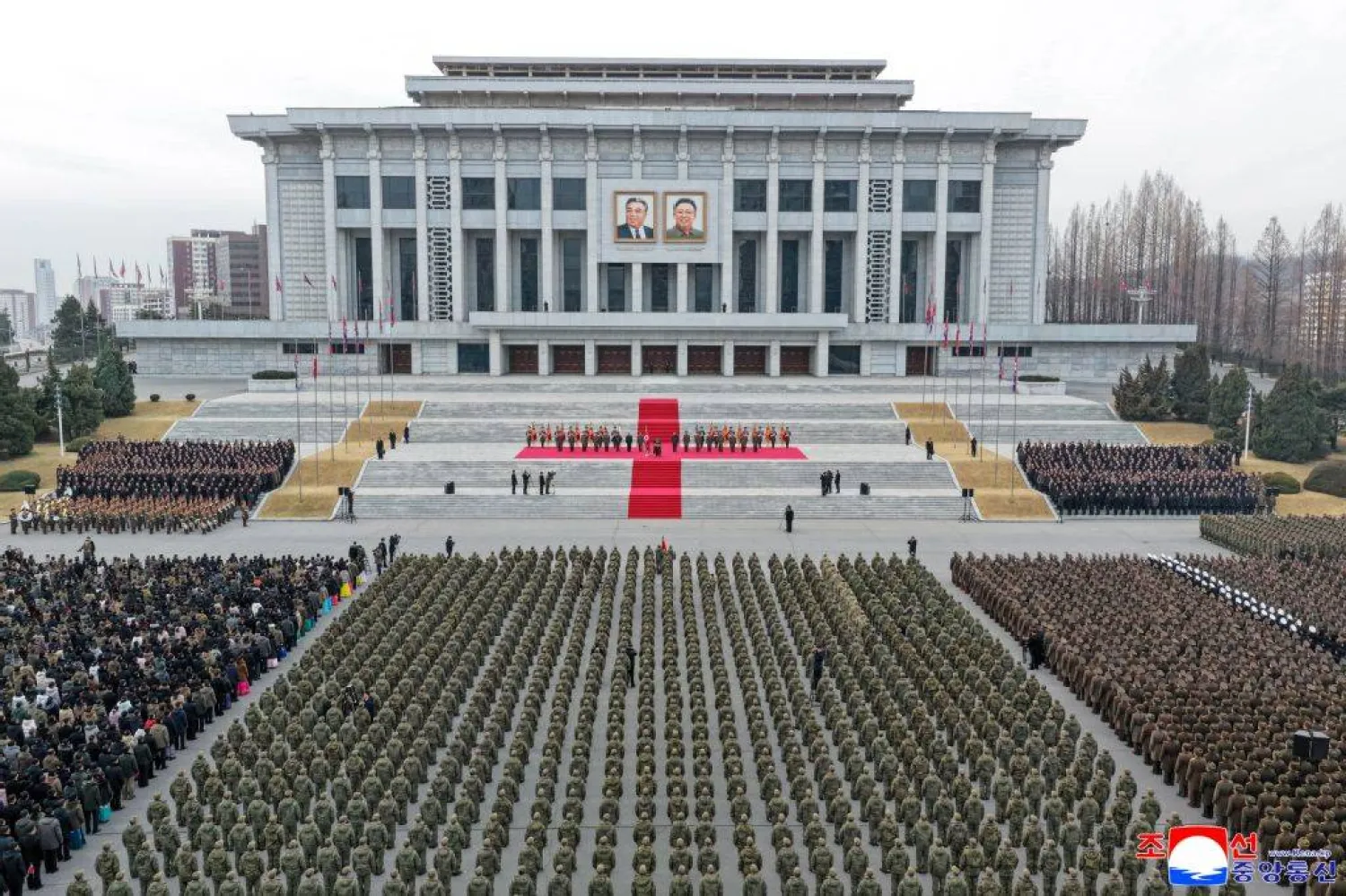The death toll from a Russian missile attack in the western Ukrainian city of Lviv climbed to four, Interior Minister Ihor Klymenko reported Thursday. Another nine were injured.
Mayor Andriy Sadovyi said around 60 apartments and 50 cars in the area of strike were damaged.
Emergency service workers were searching in the debris for more people trapped, The Associated Press said.
Sadovyi addressed residents in a video message, saying the attack was the largest on Lviv's civilian infrastructure since the beginning of the full-scale invasion last year.
Hundreds of thousands of Ukrainian war refugees have sought safety in Lviv from other areas to the east.
Ukraine’s President Volodymyr Zelenskyy posted a reaction on Telegram, saying, “Unfortunately, there are wounded and dead. My condolences to the relatives! There will definitely be a response to the enemy. A tangible one."
Zelenskyy also posted drone footage that shows wrecked buildings from above. Third and fourth floors of the struck building were ruined.
Russian Missile Attack on Lviv, Ukraine, Kills 4 People and Wounds More

Emergency service workers gather outside damaged buildings as search for victims continues following a Russian missile attack in Lviv, Ukraine, Thursday, July 6, 2023. (AP Photo/Mykola Tys)

Russian Missile Attack on Lviv, Ukraine, Kills 4 People and Wounds More

Emergency service workers gather outside damaged buildings as search for victims continues following a Russian missile attack in Lviv, Ukraine, Thursday, July 6, 2023. (AP Photo/Mykola Tys)
لم تشترك بعد
انشئ حساباً خاصاً بك لتحصل على أخبار مخصصة لك ولتتمتع بخاصية حفظ المقالات وتتلقى نشراتنا البريدية المتنوعة







